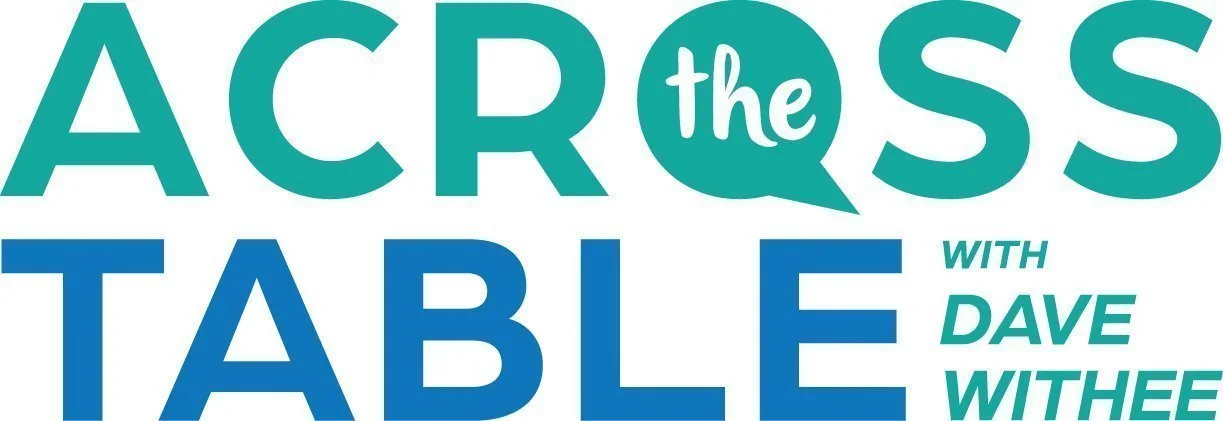Across the Table: Specify What You Really Want
We were bidding on a small university laboratory project. The face veneer for the wood casework was specified as AA grade. This is the highest quality – and costly – option, used primarily by high-end institutions to attract elite researchers, well-known and -funded. It is rarely used for a small, public college. I reached out to the lead lab planner to confirm the veneer grade and was told to just bid per the specification.
I wasn’t surprised to be high on bid day. What surprised me was one company was dramatically lower than the rest of us. Chatting later with an unassociated dealer, I mentioned this. He told me this lab planner had shared with him that he specified an AA grade to ensure he would get the A grade he really wanted. I was speechless! Consider the issues involved.
If the lab planner believed he wasn’t getting the veneer quality he wanted, perhaps he allowed the wrong companies to bid on his projects. Why would you want a vendor you can’t trust? Don’t let them bid on your projects!
The companies he can trust, those who would be on time with the correct materials, would bid per the specifications and be high on bid day. The company that would be low would be the one that would bid with materials of lower quality than desired and likely deliver late.
When the word would get around about the inflated specification and how to bid it, what other parts of the specification would companies now also underbid? Perhaps lower-grade drawer slides or a slightly thinner work surface. Any “small” difference to get an edge is now considered fair game. Maybe the trustworthy manufacturers no longer bid on their projects, knowing others will play loose and fast with the specifications.
I shouldn’t have been surprised. This same lab planner was proud of their performance-based specifications for laboratory plumbing fixtures. Except they weren’t performance-based, they were construction-based. It’s okay to specify it either way, but the lab planner didn’t seem to know the difference. I confirmed this when I checked out the approved manufacturers. The contact information for the firm that was the basis of the specification was correct but was wildly inaccurate for the other two firms listed. Draw your own conclusion as to who likely wrote the specification.
This was a well-known firm in the industry. We decided to pass on their projects. If this was how they wrote their specifications, I couldn’t imagine how they managed their projects. It’s tough enough to make money in construction. It becomes very difficult when you can’t trust the specifiers to manage job site issues fairly, and there are always job site issues. We always bid per specification, always delivered on time, and always provided shortage and breakage replacements when needed. (It’s a job site; there are always shortages and breakage issues.) We preferred to work with architects and lab planners who took their responsibilities as seriously as we took ours.
Dave can be reached at dwithee@alum.mit.edu or 920-737-8477.
All opinions expressed in Across The Table with Dave Withee are exclusive to the author and are not reflective of Lab Design News.

